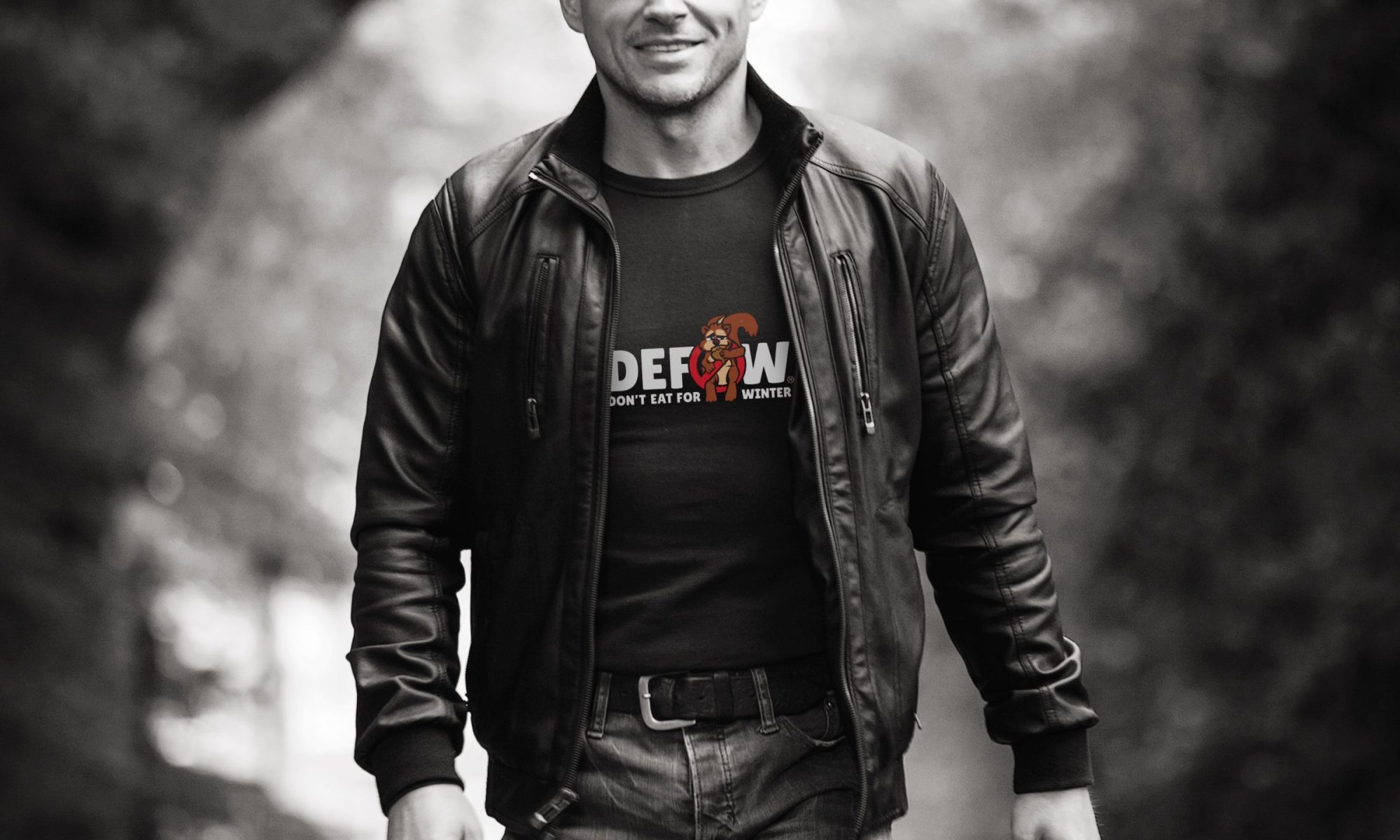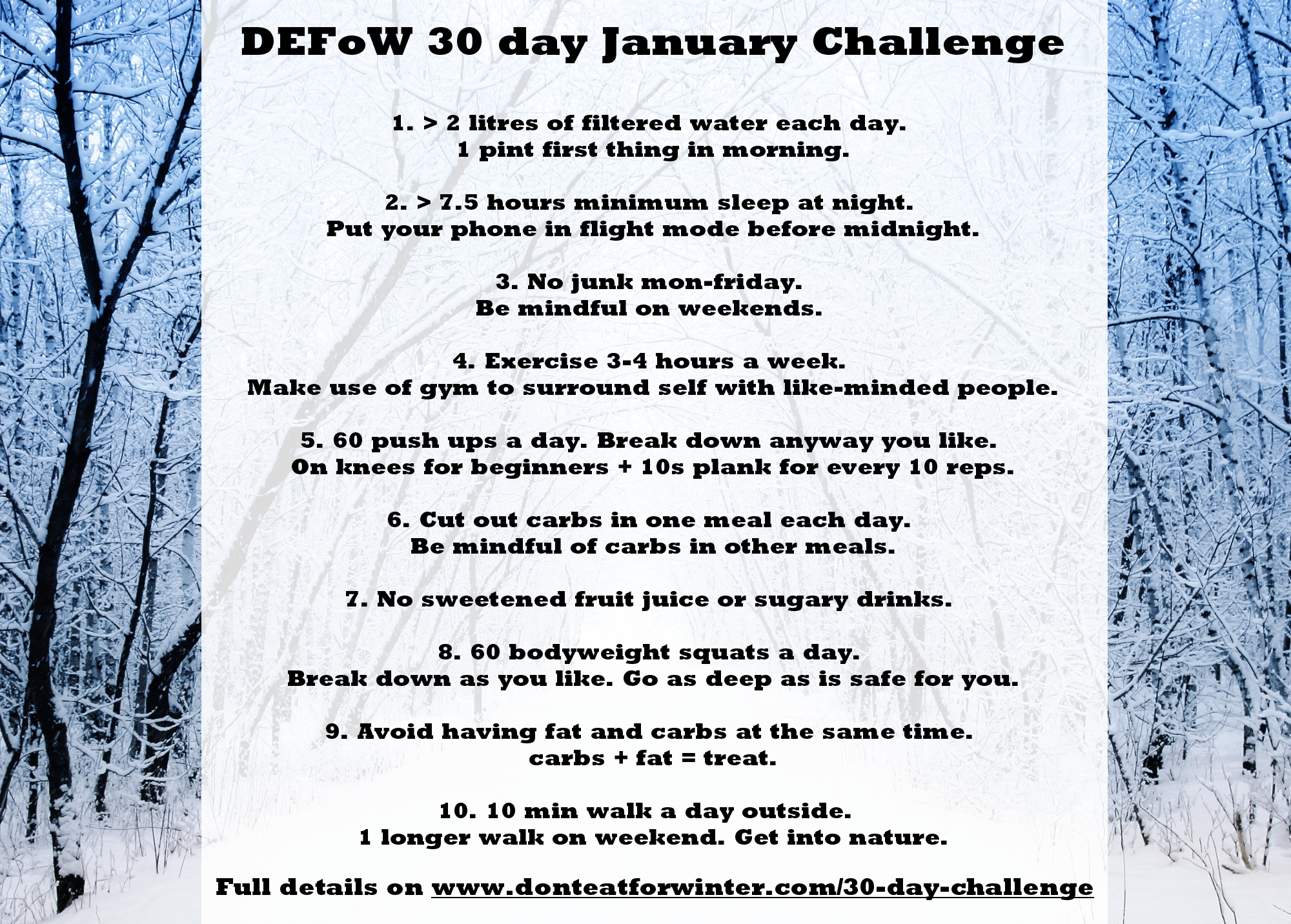Every year, stone-age humans, living in seasonally variable climates, would have their daily diets dictated by nature. This would have caused annual body fat percentage fluctuations in perfect harmony with the seasons.
With all I’ve learned so far, here’s what I believe used to happen. A lot of this is new science and I’ve pieced bits and pieces together based on the basic premise that autumnal food combinations cause us to get fat quickly, to aid our winter survival, equally other seasons caused us to become slim again to become optimal hunter gatherers.
Here’a a high level overview of what I believe happens, but where to start given it was a continual yearly cycle…. let’s start in spring time…
- We emerged from winter/spring having used our winter fat, and the last of the least perishable food we could collect (nuts), to aid our survival.
- We moved from ketogenic state to a more carnivorous diet during the spring, losing more bodyfat (visceral and subcutaneous), while becoming stronger for the hunt
- The extra sun in early summer melts off the last of our subcutaneous fat (studies show that sun can reduces subcutaneous stores) stores and diminishes brown fat too (brown fat would be a hindrance to us in hot weather).
- In early summer, we feed from our staples (meat, fish, eggs etc.), and now start grazing on berries like strawberries too. At this point we look like Hollywood superstars (from today’s body image viewpoint).
- The fructose in summer berries and fruits, artificially lowers our leptin levels and our appetites increase, beginning the storage of white adipose tissue (WAT) again.
- We’ve passed the summer solstice and sun begins to wane in late summer, now fructose is prevalent in pears and apples, and white fat storage accelerates. Leptin levels are driven down.
- We move into autumn and fruits, starchy carbs (like corn), and fatty foods like nuts co-exist, now the increased carbs and fats cause us to gorge and layer on white fat wherever we can. Even though we have higher levels of body fat our leptin levels are still suppressed so we continue to gorge.
- September sees the main apple harvest and begins the genesis of brown adipose tissue (BAT) through ursolic acid in the skin (the first of 3 autumnal BAT activation conditions is met), but we continue to gorge on carbs and fats.
- We move into late autumn and fruits die and decay and we’re left with whatever starch and nuts we could collect and store off for our families. Now leptin levels shoot back up to elevated levels (because of the extra bodyfat), in the absence of fructose, and the second condition is met to begin continue the activation of brown adipose tissue (BAT) i.e. high insulin and leptin.
- It gets cold and now and BAT is fully activated, cold exposure being the third autumnal condition for BAT activation.
- We switch to a ketogenic state using fat for every function from BAT maintenance (ketogenic state is more conducive to BAT activation/maintenance according to studies), to aerobic respiration, to anaerobic energy. A small amount of carbohydrate in nuts is used to keep us from stealing from muscle mass to give the brain the 10% pure glucose it needs alongside ketones for fuel. Perhaps humans have become insulin resistant at this point like animals to maintain that little bit of glucose for the brain and prevent it entering muscle cells.
- Our white fat stores reduce steadily over winter being used providing supplementary energy and to stave off hypothermia.
- Repeat from step 1
White fat is necessary for brown fat activation as it is converted to and is a fuel source for brown fat, whose main output is heat but also acts as a thermal insulation layer. This means that in nature, white fat MUST be deposited immediately before the genesis of brown fat. If brown fat is activated by 3 autumnal triggers i.e. (i) ursolic acid, (ii) elevated leptin and insulin levels, and (iii) cold exposure, it’s fuel source must be in place before it’s genesis.
Therefore, adequate white fat must be deposited before this period. I would suggest the main BAT activation period is October/November (cold exposure in the absence of fructose), which means that white fat must be generated before this period.
Key Point: I believe June through September, the high fructose/glucose season or peak sugar was optimal for depositing of white fat, and I also argue that our modern diet now mimics this period all year round.
In Summary:
- Adult humans can activate brown adipose tissue, our natural, built in winter scarf.
- This means, like animals, we are built to adapt to cold.
- If we are built to adapt to cold, we adapted to seasonally variable climates and thus produce.
- White fat fuels brown fat and so must be deposited first.=> Late Summer/Autumn foods must therefore cause the depositing of white fat.
The Western Diet = An Infinite Autumn
… and brown fat is never activated due to artificially suppressed leptin levels, and an acute lack of cold exposure (we’ve gone soft in more than one way it seems)!
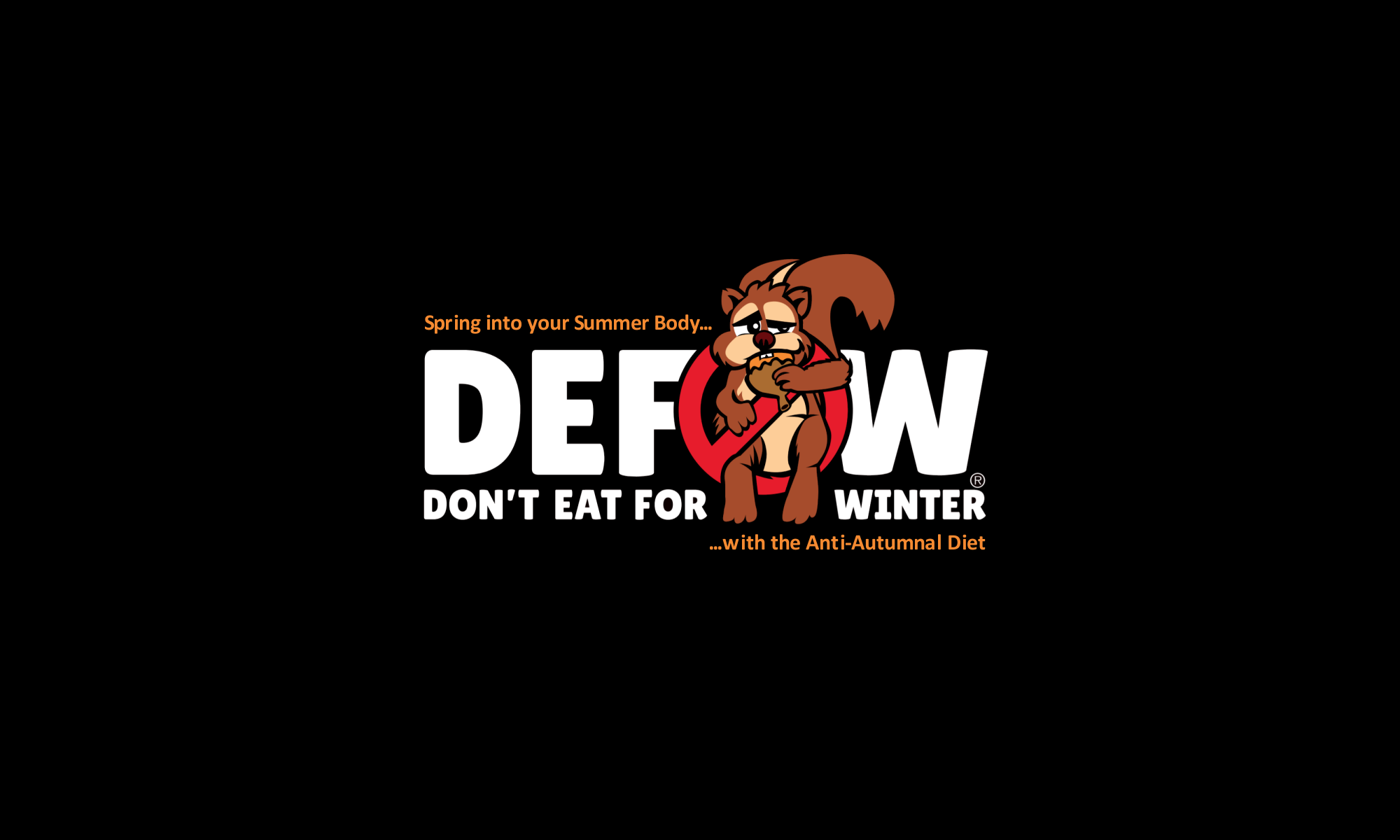
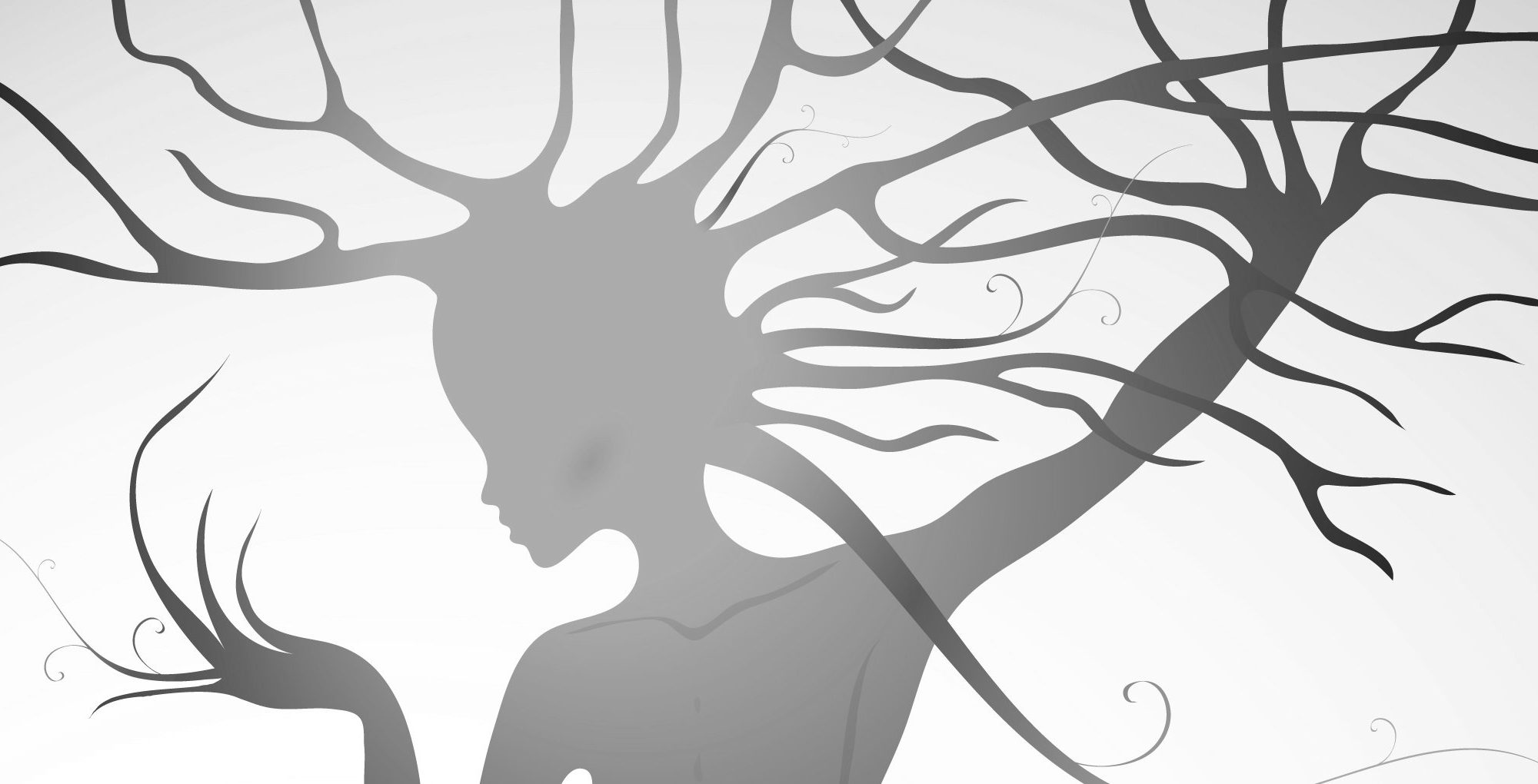

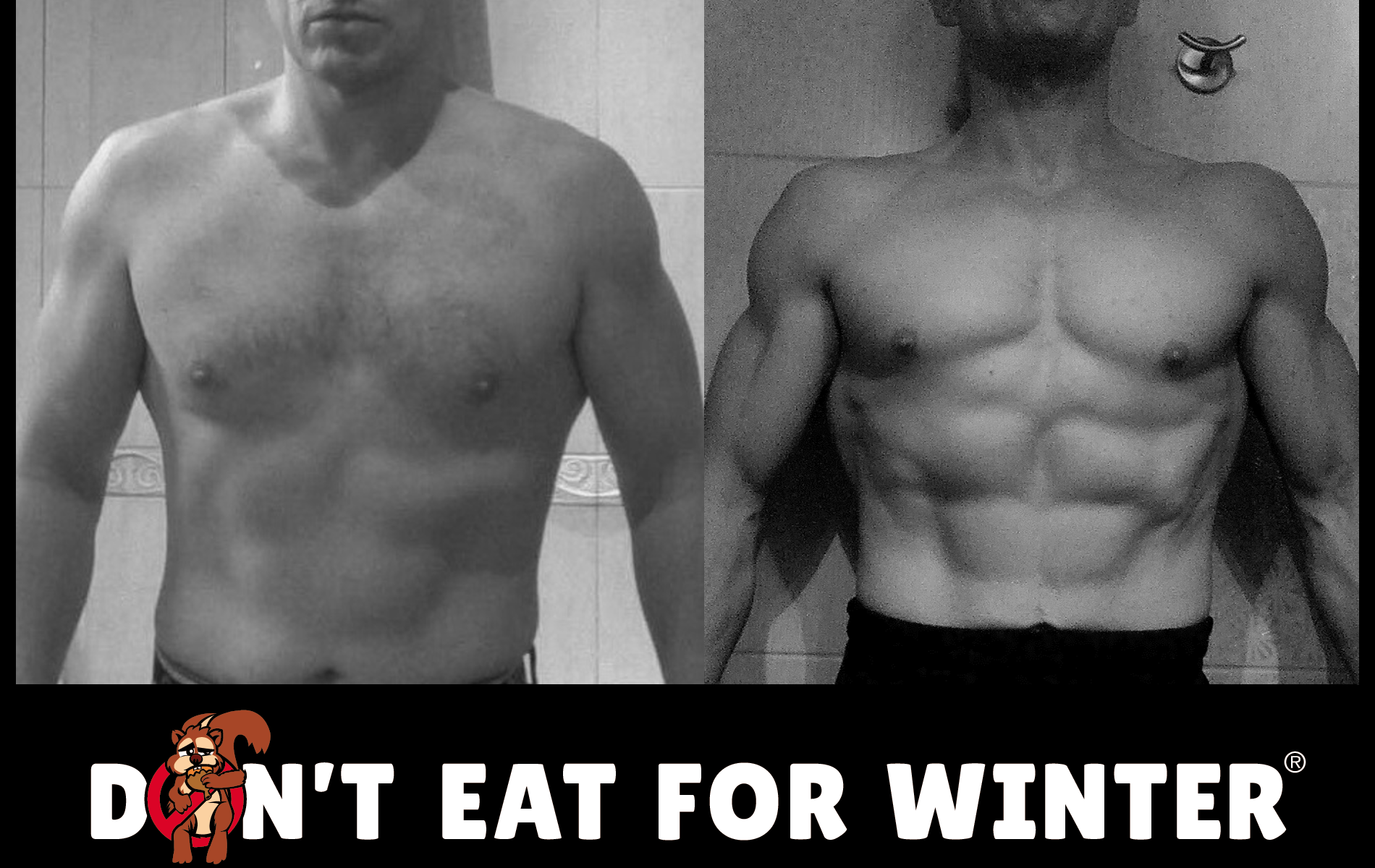
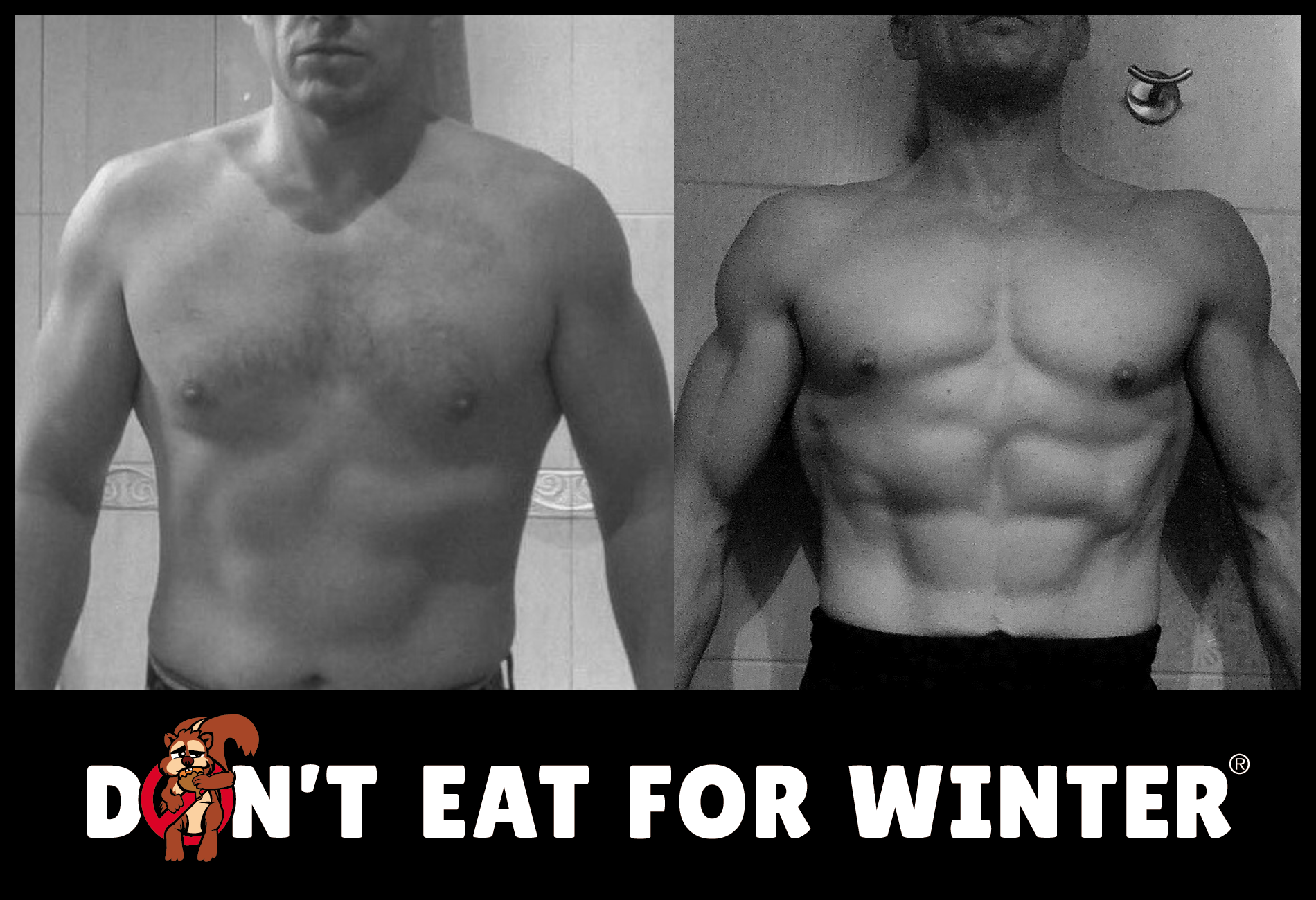
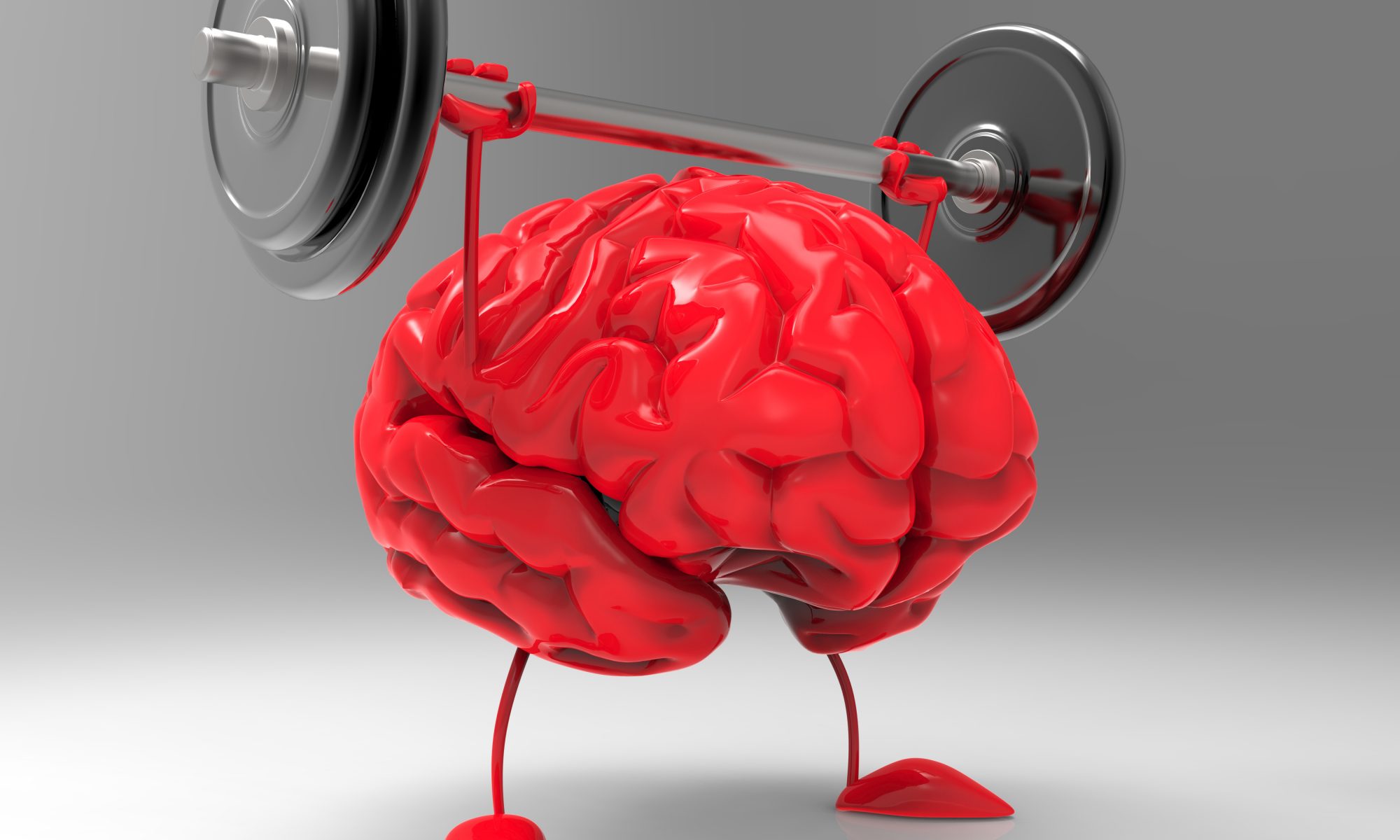
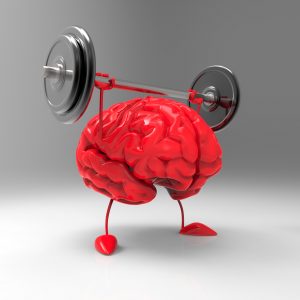 The best exercise to lose
The best exercise to lose 
 None of us should be overly concerned with how we look, our health should be the number 1 goal, but hey, most of us wouldn’t mind a few weeks of eating healthily to trim up for summer after a long winter and maybe one too many Easter eggs.
None of us should be overly concerned with how we look, our health should be the number 1 goal, but hey, most of us wouldn’t mind a few weeks of eating healthily to trim up for summer after a long winter and maybe one too many Easter eggs.

